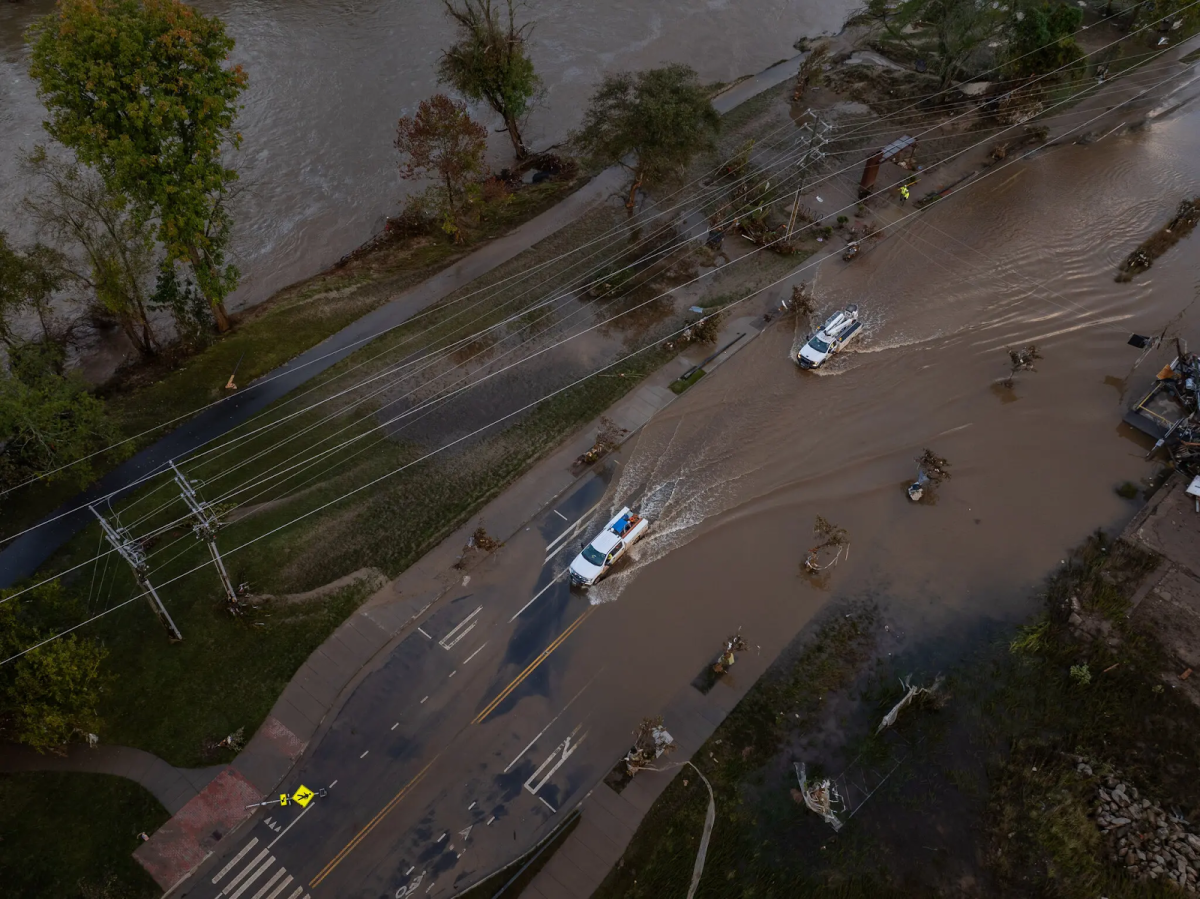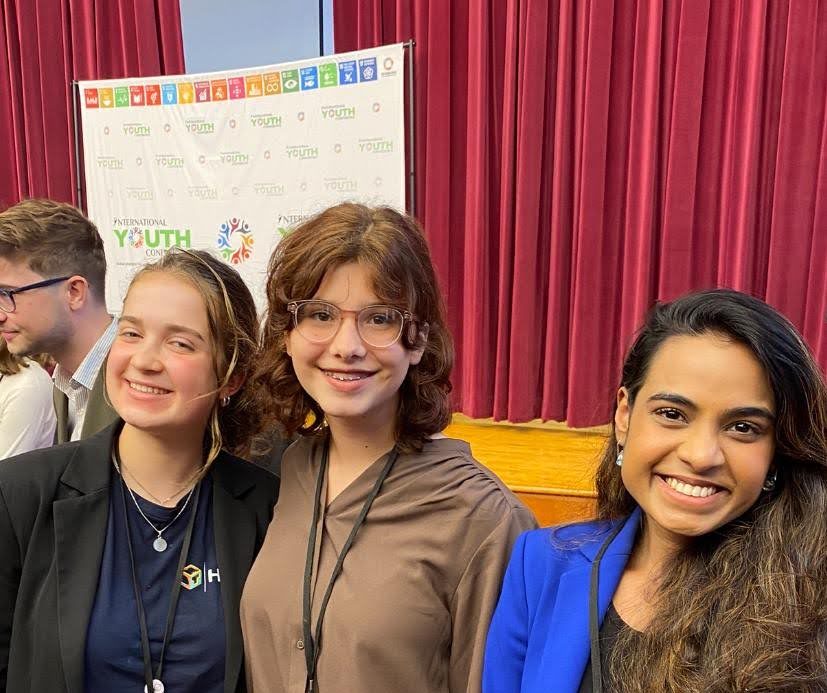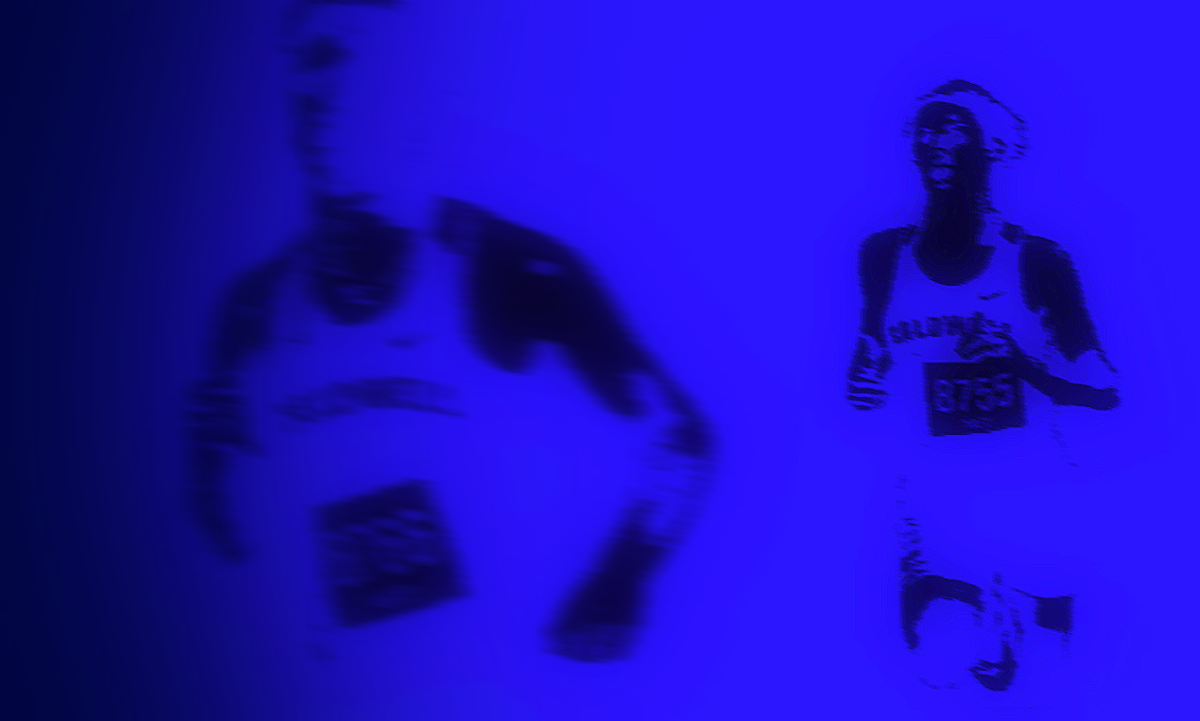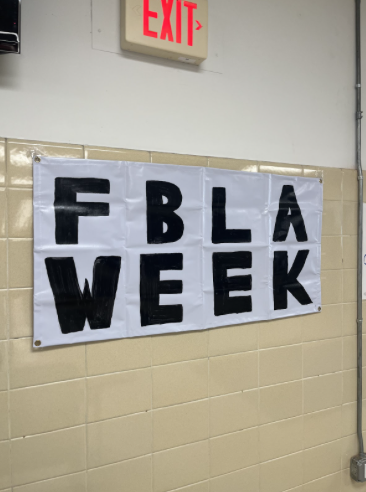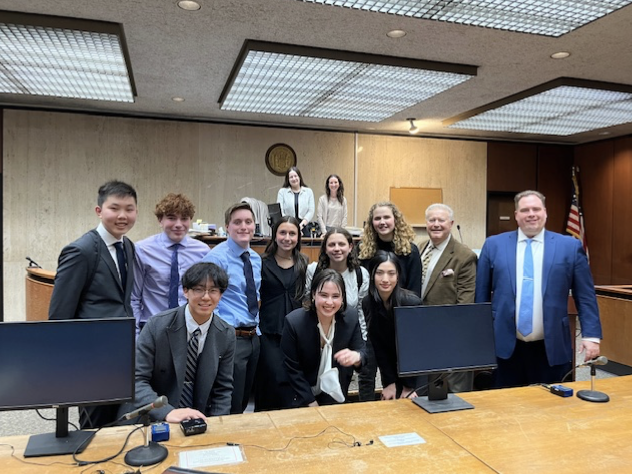For the longest time, mental illnesses were not even acknowledged as medical conditions that needed to be treated. Mental illness simply did not exist, and those who may have been diagnosed as mentally ill today would have been labeled “crazy” only a few decades ago. Eventually, the medical world improved upon their treatment of mental disorders, yet the mentally ill were still avoided by the rest of the world. A strong stigma surrounded mental illnesses, preventing the suffering from stepping out and asking for help. But soon with the help of awareness campaigns and educating the public, the stigma and shame connected to mental disorders began to reduce.
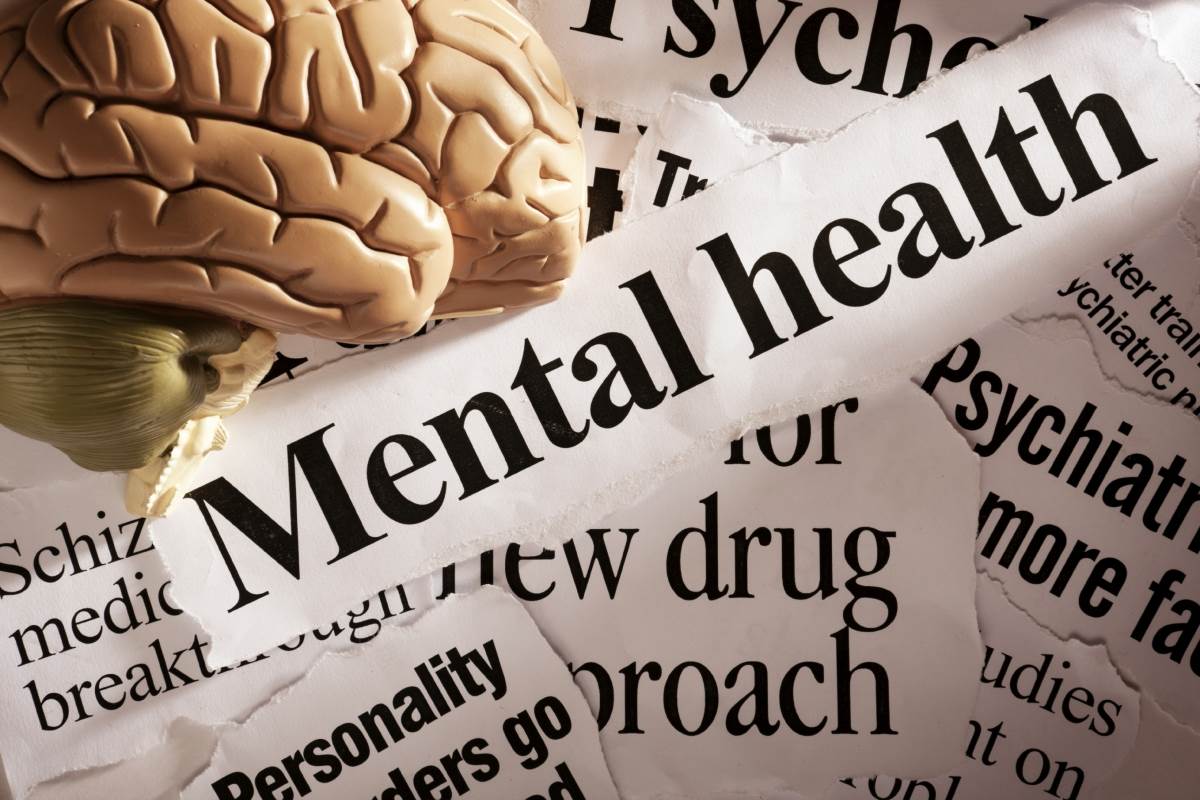
Organizations like the National Alliance on Mental Illness (NAMI) and Mental Health America (MHA) have worked hard to raise awareness about suicide and mental illnesses. NAMI has programs all around the US that aim to educate anyone that will listen about the symptoms, treatment, and ways to deal with someone suffering from a mental disorder. In addition, NAMI hosts awareness events and campaigns that appeal to both children and adults, such as mental illness awareness walks. MHA is no different and provides many of the same types of advocacy programs regarding mental health.
While organizations like NAMI and MHA are undoubtedly in place for good reason, to promote mental health and to enlighten the public about the truth about mental disorders, the time for raising awareness is over. For years now, we have been pushing for more awareness campaigns to educate the public and try to extinguish the judgment mentally ill people have to face. Local organizations and national organizations alike have done the job, and the world now understands the scope of this issue; that in 2014, around 15.7 million people above the age of 18 experienced at least one major depressive episode (Anxiety and Depression Association of America). People understand that the number of suicides is around 121 per day and is increasing. People realize that anxiety is a real mental disorder and that anorexia is life-threatening. People know that bipolar disorder is not just someone with intense mood swings, and that obsessive compulsive disorder is not simply someone who wants to keep everything perfectly tidy. Mental illness awareness has been achieved, and the next step needs to be taken. We have been raising awareness about how to identify mental disorders or what happens to a person when they are suffering from a specific type of mental disorder. However, we have not managed to turn around the statistics illustrating the rising number of lives lost due to these mental disorders. We need to begin preventing and treating mental illnesses. We need to turn our attention towards funding better treatment services for mentally ill inpatient, outpatient, and at home treatments. Let us all start brainstorming and pouring in resources to make the number of suicides decrease at the rate it is increasing, prevent the painful experiences that cause mental disorders to surface, and remedy and support those who are currently dealing with one or more mental disorders. It is time to do more than talk about the horrors and agonizing effects of mental illnesses. It is time to prove that all the years of raising awareness have been successful by taking action. It is time to take the next step.


